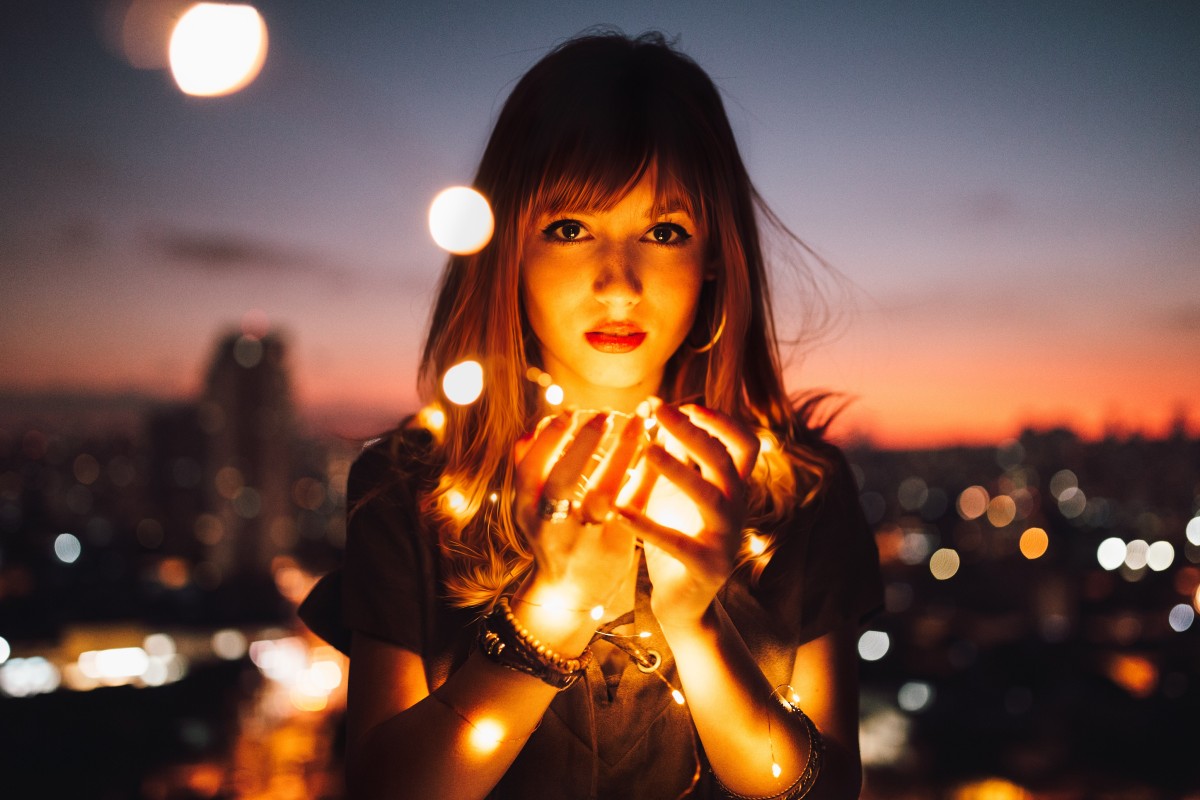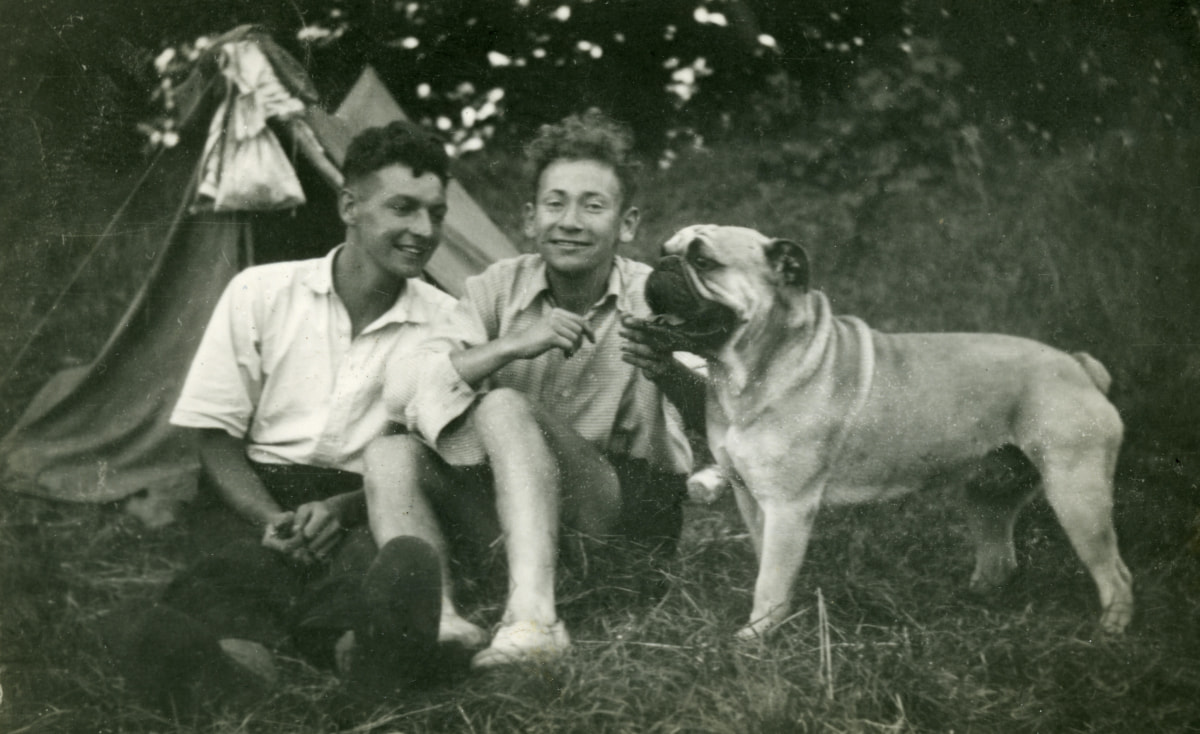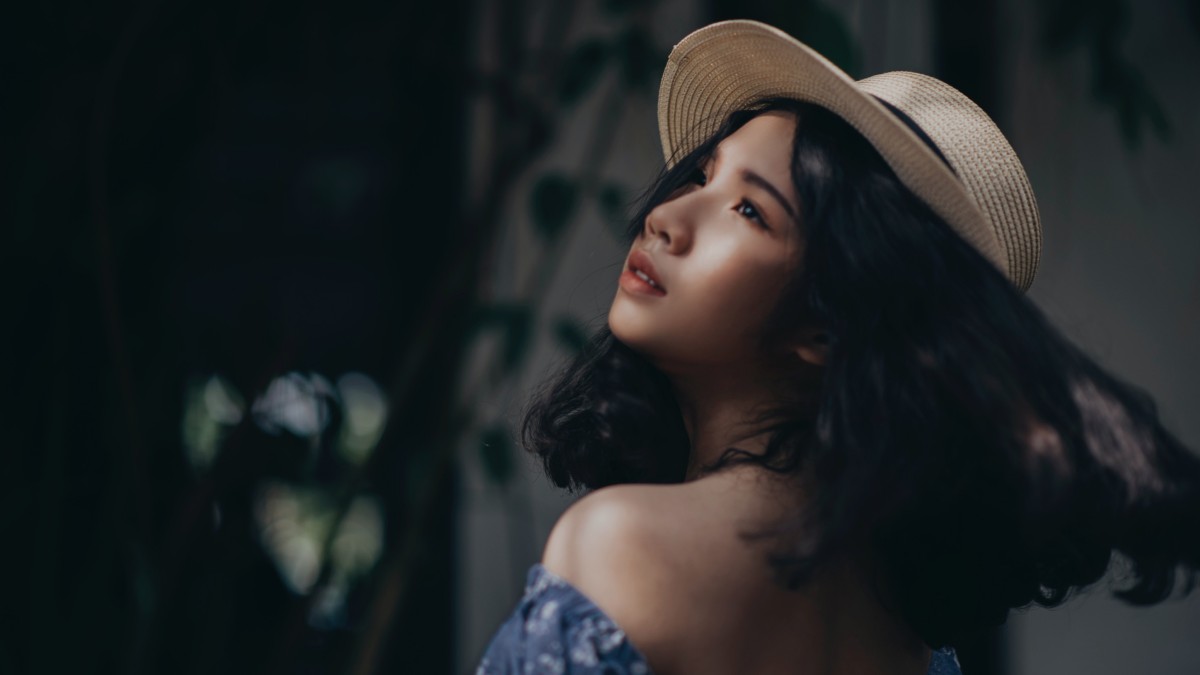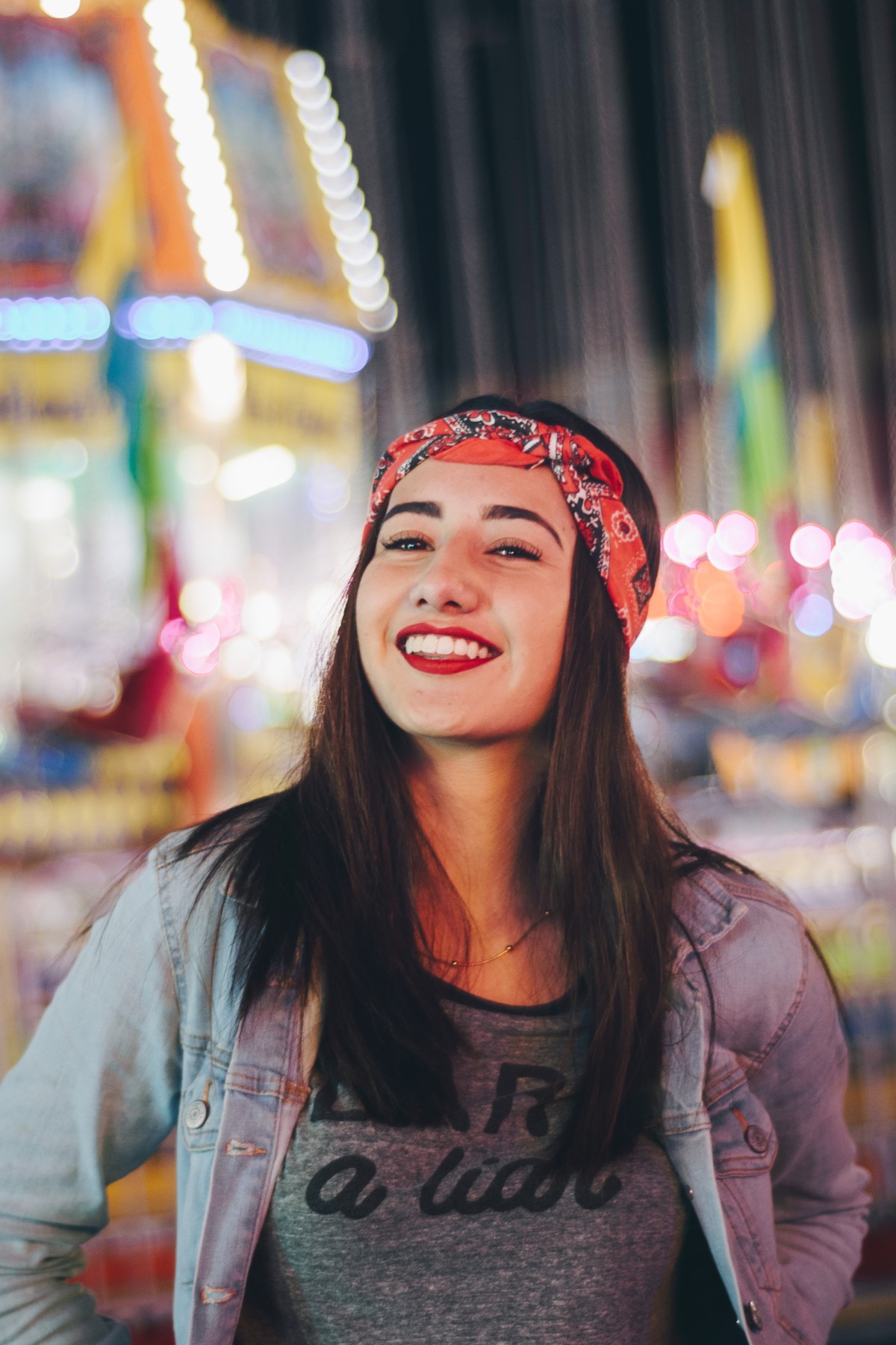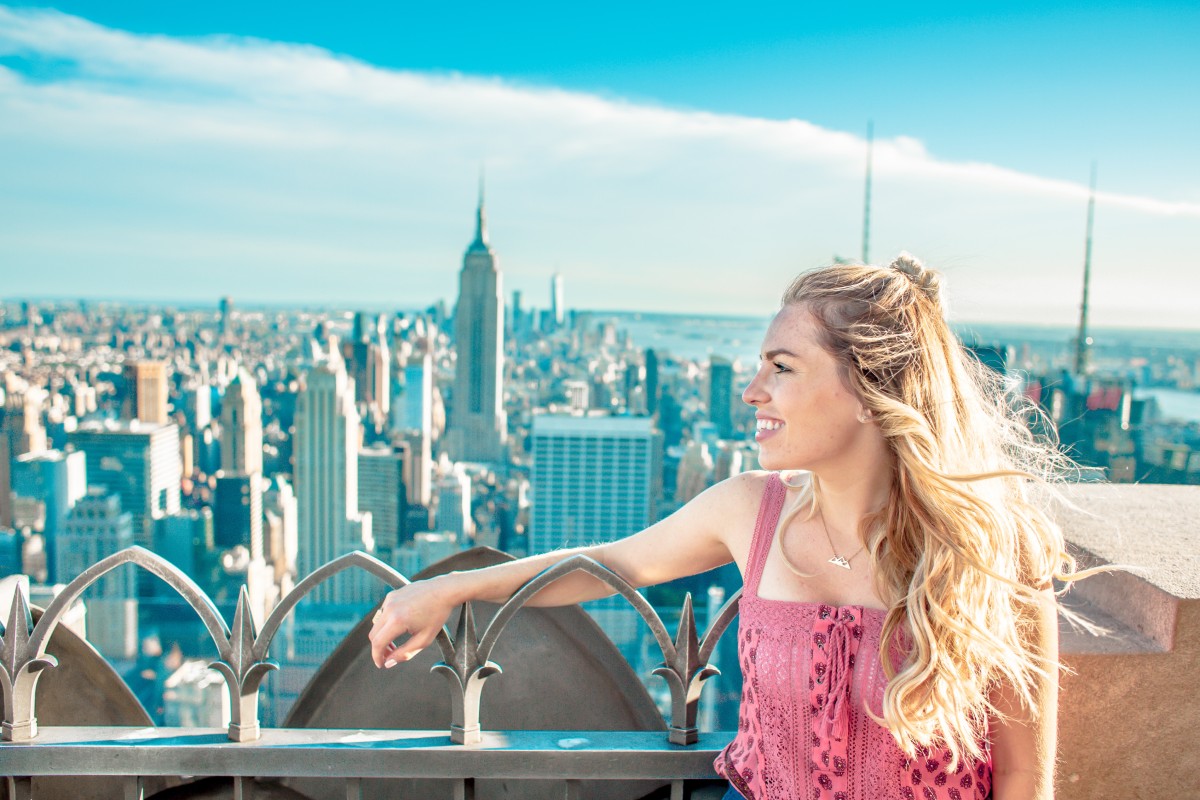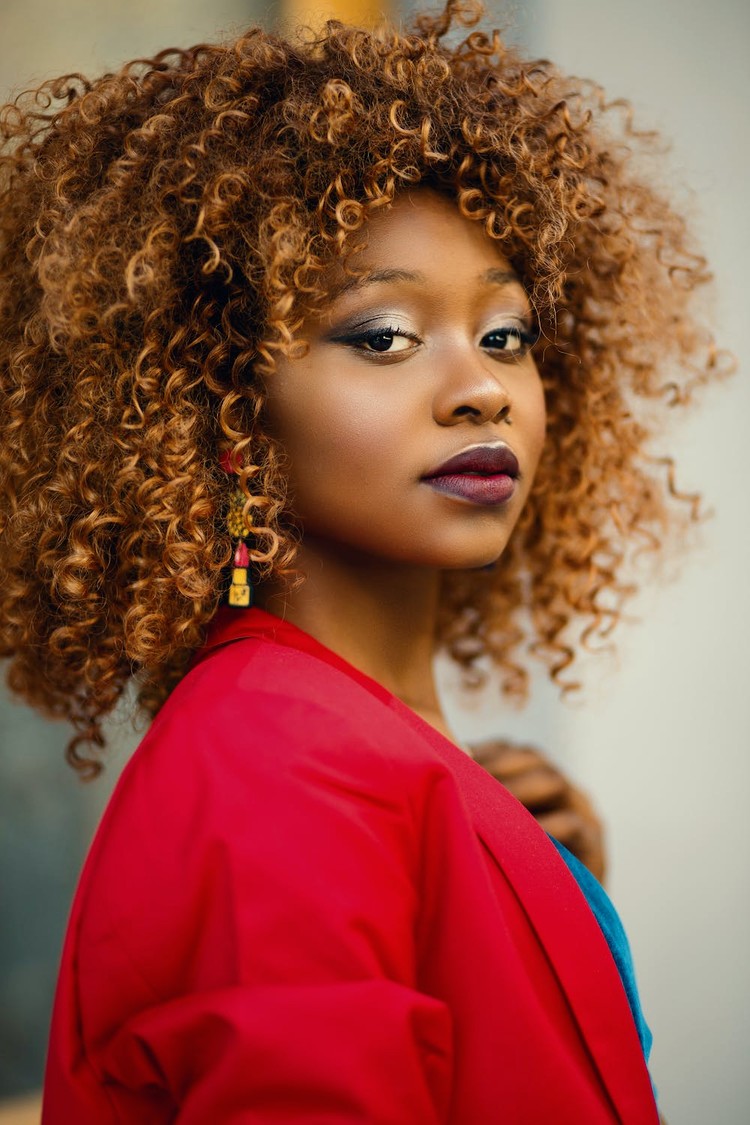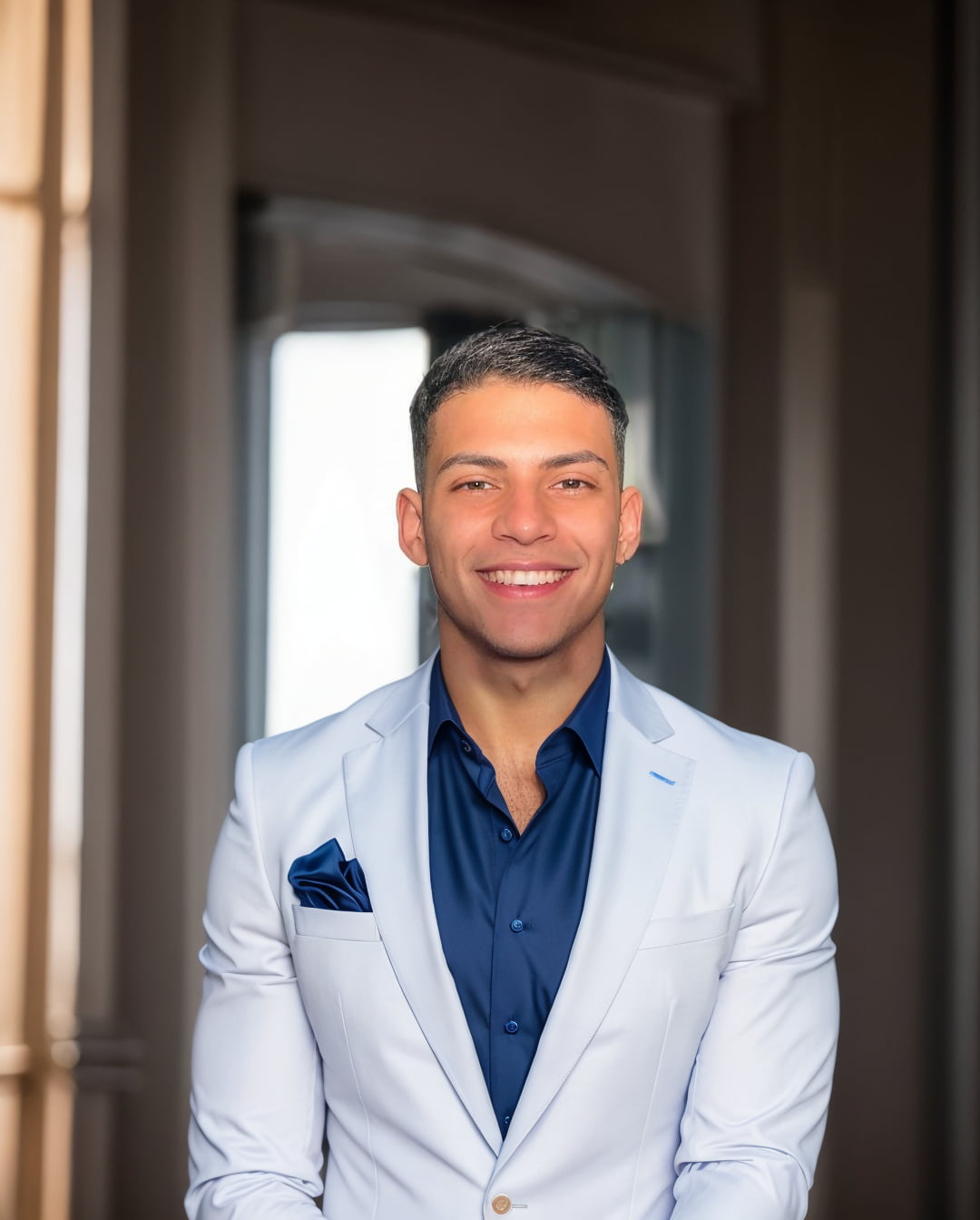Will AI be a Friend or a Foe to Visual Arts?
In recent years, artificial intelligence has made its mark on the creative industries. It’s now possible to enhance selfie portraits with incredible detail and accuracy, giving a fresh look to a simple photo. For instance, AI face swap technology has become widely available, allowing users to exchange faces in photos with ease. With these advancements, the question arises: will AI be a mere tool or will it become a true creator in the visual arts? AI can already generate pictures, sharpen an image and enhance photos with various effects, pushing the boundaries of what was once possible for photographers and designers. In 2025, these tools will only grow more sophisticated, opening new doors for creativity.

The Evolution of AI in Visual Arts
Over the past few years, AI has made remarkable progress in transforming visual arts. Artists now use AI for getting photo high resolution, creating sharper, more detailed works in less time. Tools such as AI-driven photo editing programs enable users to automatically create various images that were previously only possible through manual labor. AI is already being used to create background designs for portraits and landscape shots, provide photo high resolution, develop ideas in the field of fashion and art, create selling visual effects for marketing and much more. Now it's easier than ever to generate visually appealing content.
Yet, as the use of AI continues to grow, so does its impact on the way artists and creatives approach their work. Some of the most impressive applications of AI in visual arts are the ability to create an outline drawing from a photograph or generate a beautiful photo with simple adjustments. These technological advancements are not just useful for professional artists, but are also accessible to anyone with a smartphone or a computer.

How AI Enhances Existing Art Forms: Photography, Video, and Graphics
AI's role in visual arts extends far beyond simple photo enhancement. One of the most popular features is AI face swap, which allows users to seamlessly swap faces in images. This tool has proven useful for both entertainment and practical purposes, such as creating personalized avatars for social media profiles or enhancing selfie portraits.
AI is becoming a powerful tool in designing background designs. Many applications now feature AI that can generate unique and tailored backgrounds based on your subject matter. This could be anything from simple gradient backgrounds to more complex and artistic designs that make each photo feel unique.

AI as a Creator: Can We Consider It an Artist?
In the future, AI’s role in the creative process will continue to evolve. While AI is currently a powerful tool for artists, the question remains: can it ever be considered a true creator? Today, AI can generate images from scratch, creating outline drawings based on simple prompts. While these works are visually stunning, they are ultimately a product of the algorithms and data that have been programmed into the system.
In 2025, we will likely see AI producing more sophisticated art, with the potential to generate fully finished works that could rival human artists. However, AI's involvement in the creative process still raises ethical concerns. For instance, one of the darker uses of AI is in creating deepfake nude images, which is a growing challenge. These images often manipulate people’s likenesses in ways that are harmful and inappropriate. As AI technology continues to develop, it's important that creators and users adhere to ethical guidelines to prevent such misuse.
At our platform, we are committed to ensuring that AI remains a tool for positive and ethical creativity. We focus on developing technology that helps users enhance their selfie portraits, or create background designs in a responsible way, avoiding the darker side of AI, such as deepfake nude content. We believe that AI should empower creativity, not harm individuals.

The Future of Visual Arts in 2025: How AI Will Change the Industry
In 2025, the intersection of AI and visual arts will open up exciting new possibilities. AI will make it easier to create beautiful photos with just a few simple adjustments. Artists will be able to generate high-quality images with less effort, from enhancing photo high resolution images to generating different images that would inspire you for a new concept or a project. This will revolutionize industries like photography, fashion, and entertainment, where creating visually stunning content is key.
However, as AI becomes more powerful, the risks associated with its misuse will increase. The ability to create deepfake nude images is a real concern, and creators and platforms alike must focus on using AI responsibly. At our platform, we are dedicated to maintaining ethical standards in AI technology, ensuring that all content generated through our tools is positive, creative, and respectful.
We expect to see more AI-driven projects, such as personalized art pieces where selfie portraits are turned into unique pieces of art with specific background designs or outline drawings. Artists will collaborate with AI to produce new forms of interactive and dynamic artwork, creating a fusion of technology and human creativity.

Practical Uses of AI in Visual Arts Today
Today, AI offers numerous tools that can help artists and photographers create stunning visuals. Whether you want to sharpen an image, create headshot photos, use AI face swap tool or create a stunning background design, AI can do it all. Programs like AI-powered photo editors allow users to instantly enhance their fashion looks and makeup styles, making it easier than ever to produce professional-level visuals.
If you’re interested in experimenting with AI in your own work, there are a variety of tools available that can help you improve your art. From applications that help you sharpen an image to those that generate outline drawings, AI makes it possible to create beautiful photos or images with minimal effort.

AI and the Future of Art — A Partnership or a Threat?
As we approach 2025, AI will continue to reshape the world of visual arts. Whether it's enhancing selfie portraits, creating art concepts, or generating intricate background designs, the role of AI will be central in the creative process. However, it’s crucial that we use AI responsibly, avoiding harmful applications like deepfake nude images, which can damage reputations and violate privacy.
By adhering to ethical standards and using AI as a tool to amplify human creativity, we can ensure that the future of visual arts remains positive and respectful. AI is here to stay, and with the right approach, it will undoubtedly enhance our ability to create beautiful, innovative, and meaningful art.
